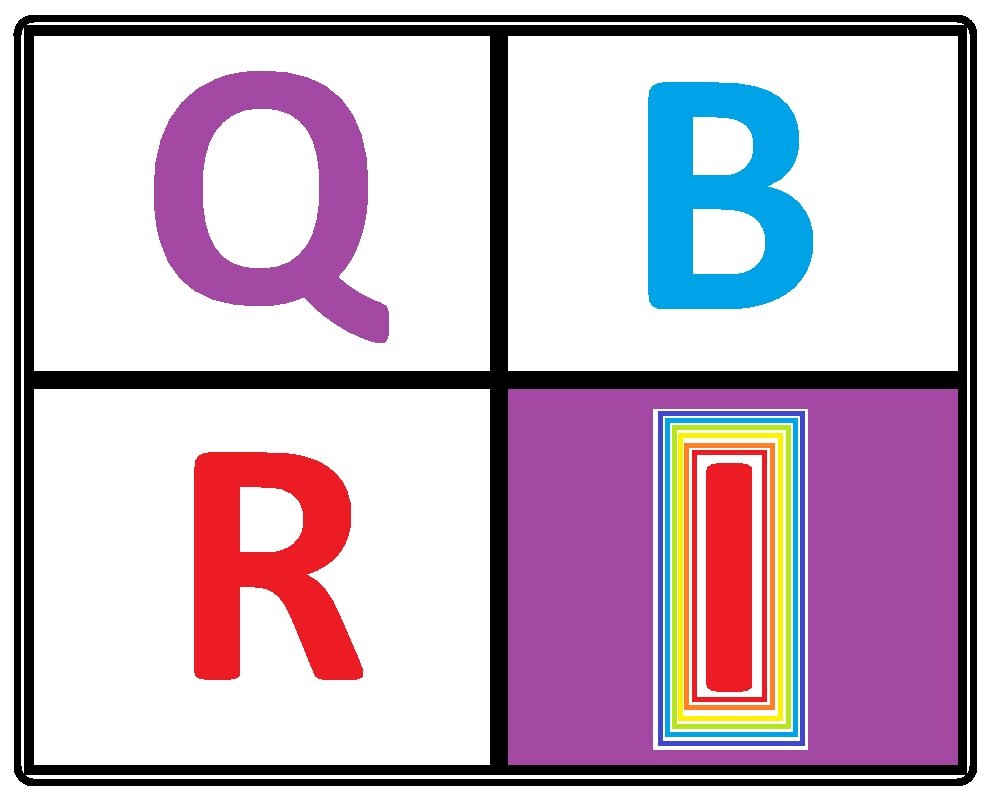
Pi
The idea that Pi originates from somewhere is interesting because a circle has some unique features as a structure. If you think about how light interacts with a sphere and coming from the outside the light always points to the center of the sphere. Where there is a single point that accumulates all of the photons. Think of a magnifying glass and how to see the bright spot by focusing all the photons through the lens to the center point. Like a hot bright sun at the center of the sphere.
Another interesting thing about the sphere is that is can act as a lens and a concave inner surface. The funny thing is that the photons on one side of the sphere are inverted onto the inside surface of the other side of the sphere. It is like the center of the sphere acts like a pinhole camera for the photons coming into the sphere from outside. You get to look at the information upside down. It gives some clues to how atoms work with s orbital spherical lenses.
The other attribute of a sphere is where the center of the sphere is a single point. Like a singularity. It is one dimensional but because all the photons of light travel through the center and are inverted they contain all the information but concentrated into one spot, making it somewhat like a atomic source of light that illuminates all other positions and locations of positrons and electrons.
Let me try and explain the SUSY inversion model for sphere formation both in mathematical form and in a language that explains how two different velocities and the difference between them provide a relationship that relates to the formation of Pi. It is like if we cut a circle in one position we would form a line corresponding to the distance that corresponds to the diameter of the circle times Pi. People understand the formulas. D x Pi for the circumference. Or r x 2 x Pi an alternative approach giving the same answer.
With the He-BEC isotropic singularity model the formation of the initial velocity is based on the SQRT velocity of alpha particle emission. The outward emission is v = 2990700000 m/s.
The inward emission is therefore SQRT 2990700000 m/s giving 54687 m/s.
The final velocity is based on the SQRT of c which is 17314 m/s. So how can we explain the formation of Pi from v and c. We need to consider alpha fine structure constant and its inversion. The reciprocal of alpha is 137.036.
The (SQRT v + 1/alpha) / (SQRT c + 1/alpha) = Pi
This means we can explore the process in the formation of Pi as a function of the slowing down of a inward velocity associated with particle generation.
(SQRT v + 1/alpha) / Pi = SQRT c + 1/alpha
(SQRT v + 1/alpha) / Pi - 1/alpha = SQRT c
The exploration of the original model of the He-BEC isotropic singularity suggests four of the sixteen particles head inwards towards the singularity. Each Pi particle creates a spherical particle corresponding to the 2 Pi r circumference initially that is related to the features of the differential velocity of SQRT v and SQRT c.
Interestingly, the alpha fine structure constant can be explored as part of the Hubble expansion rate that connects to SQRT v + SQRT c = 72001 m/s. It is as if a circle has to form first before a sphere can be created. Why I say this is that in the atomic model based on SUSY inversion we have a singularity in each atom at 1.6E-35 meter corresponding to the inward trajectory process. It is like a guiding distance between each particle from the original He-BEC singularity. It is like one edge of the contracting universe where the dark matter resides. The expanding universe has dark energy at its outer edge.
As the dark energy is travelling at 9.97 times faster than the speed of light, we can resolve that number by Pi x Pi or Pi^2.
The creation of the spherical particle then takes the following process. Take two circles and combine these within the singularity so that the following formula starts to makes sense.
(2 Pi r x 2 Pi r)/ Pi = 4 Pi r^2 and this is the surface area of a sphere. This suggests that to form a positron and electron sphere within the singularity via an inward gravitational implosive force from the He-BEC singularity we get these four circles coming together within the singularity to create two spheres corresponding to a positron and an electron. The diameter of the sphere in the SUSY inversion model is based on the Coulombs charge of 1.602E-19 C. My approach to this number via inverse square law is something like finding a needle in a haystack and finding the relationship between the original He-BEC isotropic singularity 4E-14 m and the electron model of 4E-18 m. The SQRT of the electron diameter gives 2E-9 m and then this is inverted to 5E+8 m.
The 4 Pi r^2 where r = 5E+8 = 3.14E+18 and inversion of this number gives 3.18E-19 as the Coulombs as 1.602E-19 x 2 = 3.2E-19 C.
The model therefore provides information on the surface area of the electron and positron in terms of the formation of charge on the inside and outside surface areas of particles formed within the singularity as part of the inward trajectory and gravitational dark matter processes.

